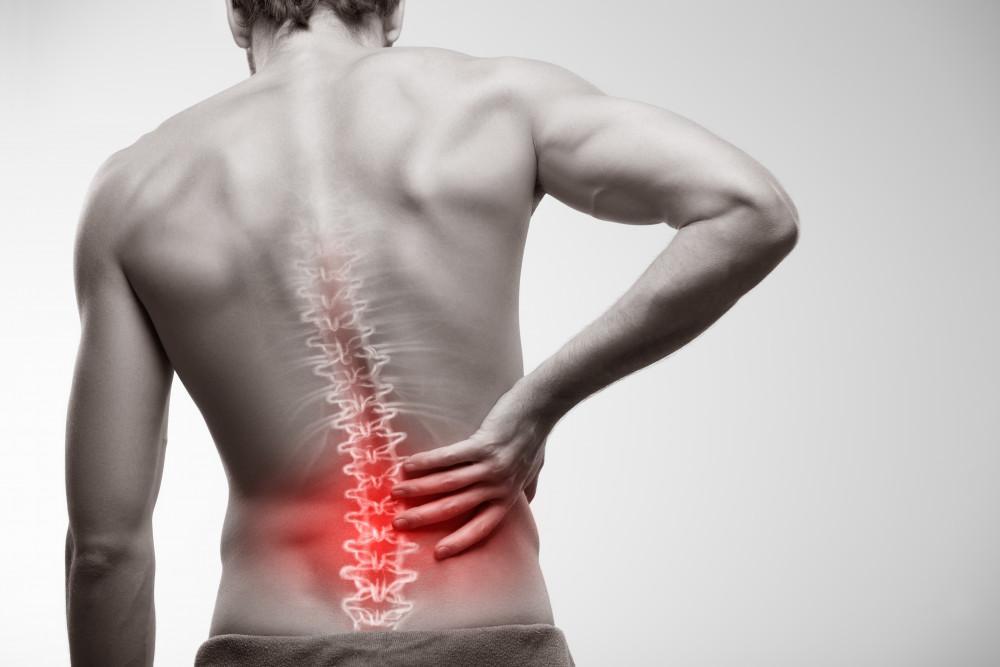
Is a Bulging Disc the Source of Your Holiday Back Pain?
The holidays should be a time of joy, not pain. If you’re struggling with persistent or worsening back pain this season, a bulging disc could be the reason. Receiving the right care now can help you transition smoothly into the new year.
Dec 12th, 2025


























































































